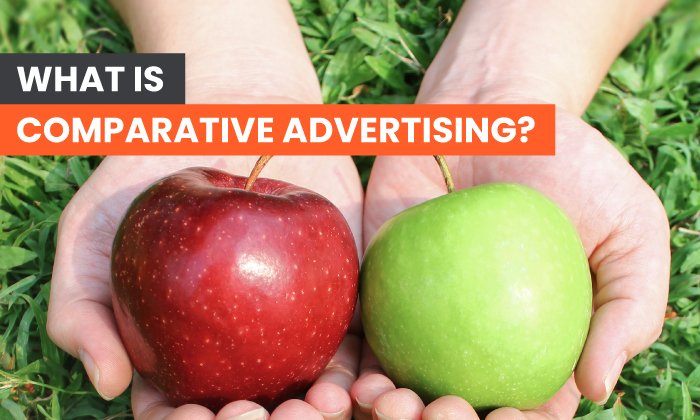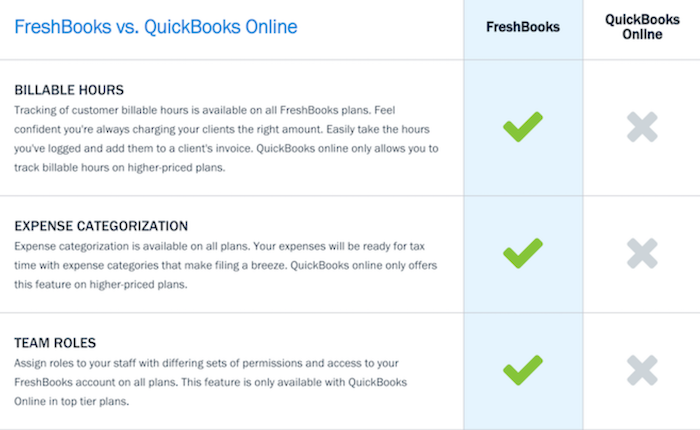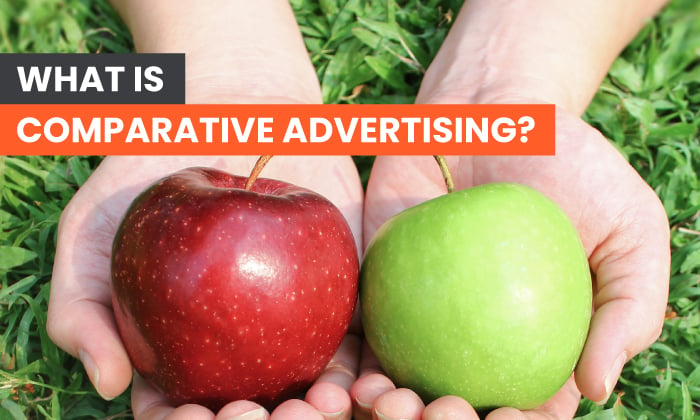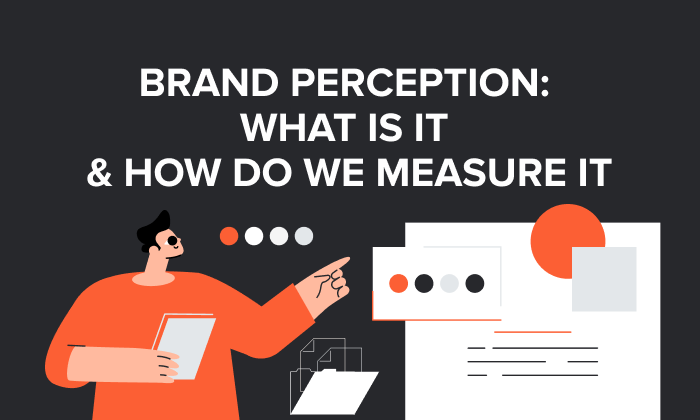What is Comparative Advertising?

By Neil Patel
Did you know that the average American sees over 5,000 ads per day? That’s a tremendous amount of content to compete with, especially if you’re running a small business or a new startup.
To stand out, you must clearly communicate to consumers what’s so great about your products and why they’re superior to competitor models.
One strategy by which to do this is comparative advertising. It requires a little finesse, so before you add comparative advertising to your marketing strategy, here’s a rundown of how it works
An Overview of Comparative Advertising
Comparative advertising means directly comparing your product to a rival’s product to show why your item is better.
Is it OK to go after another brand like this? Sure. The Federal Trade Commission (FTC) permits companies to use this marketing strategy (within limits, which we’ll talk about) for three reasons:
- Comparisons encourage healthy competition in the marketplace.
- Clear, verifiable comparisons help customers make more informed buying choices.
- Criticism encourages brands to up their game and innovate, which benefits all consumers.
Comparative advertising works best when you’re making specific, measurable comparisons. For example, you might use comparative ads to show things like:
- the enhanced features your product has compared to its rival
- price differences between goods
- the results of a blind taste test showing people can’t tell the difference between your product and a more expensive name brand
Comparative marketing yields positive results for many businesses. For one thing, over 51% of consumers report disliking uninformative ads. It’s a good thing comparative ads are informative by nature, then.
Additionally, visual ads often draw more attention, and comparative ads are highly visual.

Comparative Advertising vs. Competitive Advertising
Comparative and competitive advertising are similar, but they’re not the same.
With comparative advertising, you present a product as better than a competitor’s version of the same (or very similar) item. You can explicitly name the competitor or imply who they are and which product you’re referring to.
There are three hallmarks of a comparative ad:
- advertises one product
- identifies at least one specific quality the product has over its rivals
- provides evidence to back up claims
For example, say you’re FreshBooks. You want to compare your online accounting software to your competitor, QuickBooks, by showcasing how many extra features your product has. You’re talking up your brand, but the ad is more about the product than your business as a whole.

Competitive advertising is more general. Rather than promoting a specific product, you’re trying to influence consumers to choose your overall brand over your competitors.
Competitive ads leave consumers with a different impression than comparative. If FreshBooks advertised why they’re “better” as a company than QuickBooks, …read more
Source:: Kiss Metrics Blog







